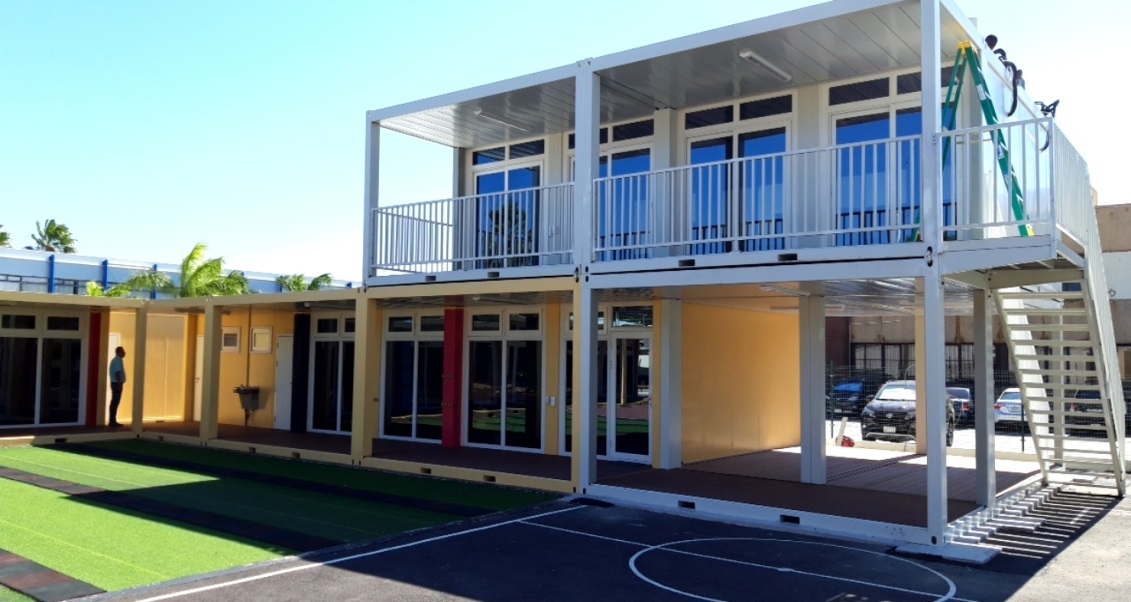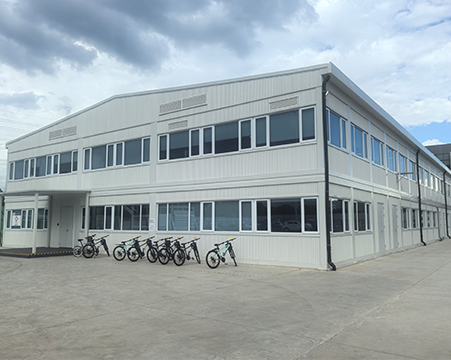The Antilles Primary School Project Phase II represents a successful expansion of educational infrastructure in Curaçao, demonstrating the effectiveness of modular container construction in the Caribbean educational sector. This project showcases how innovative design solutions and technical improvements can create both functional and aesthetically appealing learning environments for young students.
Located in Curaçao at the southern end of the Lesser Antilles in the Caribbean Sea, this project is part of the strategically important ABC Islands (Aruba, Bonaire, and Curaçao), which serve as a major transportation hub on the Panama Canal trade route and represent one of the world's largest ports. The island's position as an autonomous state within the Kingdom of the Netherlands provides a stable political and economic environment for educational infrastructure development.
Project Background and Context
Initial Phase Success
The foundation for Phase II was established in 2018 when Chengdong's container house solutions were selected for the primary school's first phase construction. The excellent performance of these modular buildings in the Caribbean climate, combined with their durability and functionality, led to their continued selection for the expansion project.
Growing Educational Demand
The decision to proceed with Phase II was driven by the continuous increase in student enrollment at the school. This growth reflects broader demographic trends in the Caribbean region, where educational infrastructure must adapt quickly to serve expanding populations. Container-based construction proved to be the ideal solution for rapid educational facility expansion.
Technical Specifications and Design Features
Distinctive Yellow Steel Framework
A key differentiating feature of Phase II was the decision to paint all steel frameworks in yellow, creating visual distinction from the original Phase I buildings while establishing a vibrant and engaging educational environment. This design choice aligns with color psychology principles in educational architecture, where bright colors like yellow are associated with creativity, positivity, and enhanced learning environments.
The use of yellow in educational buildings has been proven to:
Create positive psychological impacts on students and staff
Enhance visibility and safety in outdoor environments
Provide clear visual organization of different building phases
Support the development of institutional identity
Advanced Container Construction Technology
The project utilized Chengdong's proven container house technology, featuring:
Structural Components:
Hot-dip galvanized steel frames for enhanced corrosion resistance in Caribbean coastal environments
Modular design enabling flexible classroom configurations
Weather-resistant construction suitable for tropical climates
Safety and Durability Features:
Fire-resistant materials meeting international safety standards
Hurricane-resistant engineering capable of withstanding extreme weather conditions
Thermal insulation systems designed for tropical climate comfort
Critical Safety Improvements
A significant technical advancement in Phase II addressed a safety concern identified after the completion of Phase I. The original stainless steel cover plates at container joints had occasionally caused minor injuries to children. Chengdong's technical team redesigned these connection points, implementing safer joint details that eliminated the risk of scratches while maintaining structural integrity.
This improvement demonstrates the company's commitment to:
Continuous product development based on user feedback
Child safety prioritization in educational environments
Technical innovation in modular construction details
Construction Benefits and Advantages
Rapid Deployment Capabilities
Container-based school construction offers significant advantages over traditional building methods in the Caribbean context:
Speed of Construction:
Factory prefabrication reduces on-site construction time by up to 70%
Weather-independent manufacturing minimizes tropical climate delays
Modular assembly allows for phased completion and immediate occupancy
Cost-Effectiveness
The project demonstrated substantial cost advantages:
Approximately 20-40% cost reduction compared to traditional construction
Reduced labor requirements due to prefabrication
Lower long-term maintenance costs due to durable materials
Climate Adaptation
The Caribbean location presented specific environmental challenges that container construction effectively addressed:
Tropical Climate Considerations:
Enhanced insulation systems for humidity control
Corrosion-resistant materials for coastal salt air exposure
Hurricane-resistant design meeting regional building codes
Environmental Sustainability:
Reduced material waste through factory-controlled construction
Recyclable steel construction materials
Lower carbon footprint compared to traditional construction methods
Project Impact and Results
Educational Environment Enhancement
The completion of Phase II created an expanded, colorful, and safer learning environment that successfully accommodated the growing student population. The yellow framework not only distinguished the new construction but also contributed to creating an engaging and stimulating educational atmosphere.
Client Satisfaction
The client expressed high satisfaction with both the aesthetic improvements and functional upgrades implemented in Phase II. This positive feedback validated the technical improvements made to address Phase I concerns and confirmed the successful integration of safety enhancements.
Demonstration of Innovation
The project serves as a model for educational infrastructure development in the Caribbean region, showcasing how modular construction can:
Rapidly respond to educational capacity needs
Incorporate continuous improvement based on user feedback
Create distinctive and engaging learning environments
Meet stringent safety and durability requirements in challenging climates
Technical Achievements
Joint Design Innovation
The redesigned container connection system represents a significant technical achievement in modular construction safety. By addressing the specific safety concern raised after Phase I, Chengdong demonstrated its ability to:
Analyze real-world performance data
Implement engineering solutions to improve safety
Maintain structural integrity while enhancing user protection
Climate-Responsive Design
The successful performance of the container buildings in Curaçao's tropical climate validates the effectiveness of:
Advanced galvanization processes for corrosion resistance
Specialized insulation systems for humidity control
Structural design optimized for hurricane resistance
Industry Significance
Educational Sector Innovation
This project contributes to the growing recognition of container-based construction as a viable solution for educational infrastructure. The success demonstrates that modular buildings can meet the specific requirements of educational environments while providing:
Flexible space configurations for diverse learning activities
Safe and durable construction suitable for children
Rapid deployment capabilities for urgent educational needs
Caribbean Regional Impact
The project's success in Curaçao establishes a precedent for similar educational infrastructure projects throughout the Caribbean region, where many islands face similar challenges of:
Limited construction resources
Challenging tropical climates
Need for rapid educational capacity expansion
Budget constraints requiring cost-effective solutions
Conclusion
The Antilles Primary School Project Phase II exemplifies the successful application of innovative modular construction technology to meet critical educational infrastructure needs. Through the combination of distinctive design elements, technical improvements based on user feedback, and proven construction methods, the project created an enhanced learning environment that serves as a model for educational facility development in the Caribbean region.
The project's success validates the effectiveness of container-based construction for educational applications while demonstrating the importance of continuous improvement and client feedback integration in delivering superior building solutions. As educational demands continue to grow throughout the Caribbean and similar regions worldwide, this project provides valuable insights into the potential of modular construction to rapidly and effectively address critical infrastructure needs.


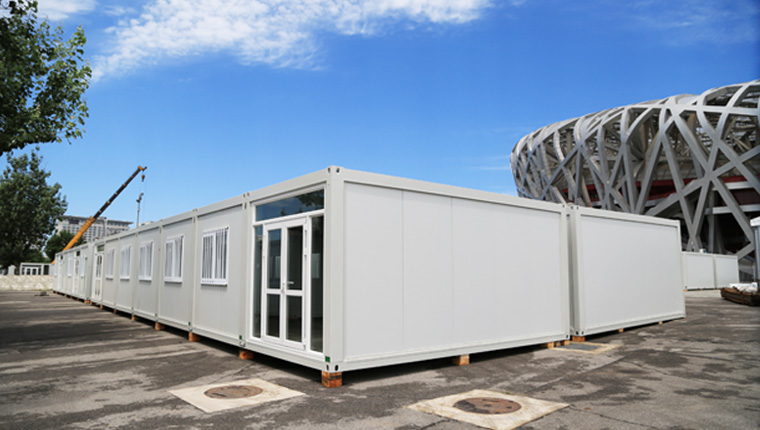
More
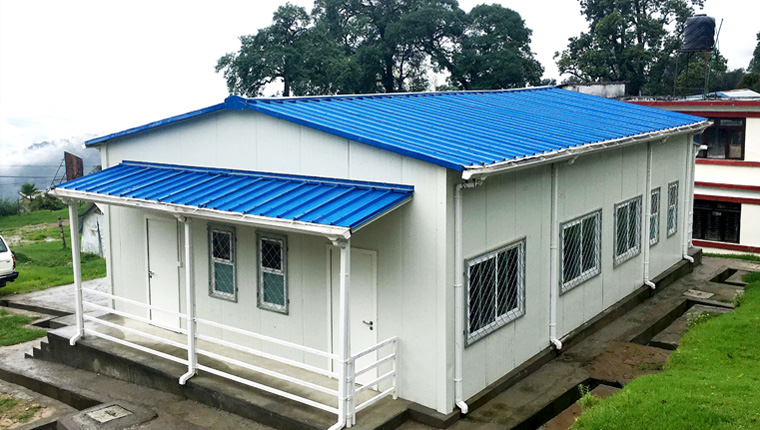
More
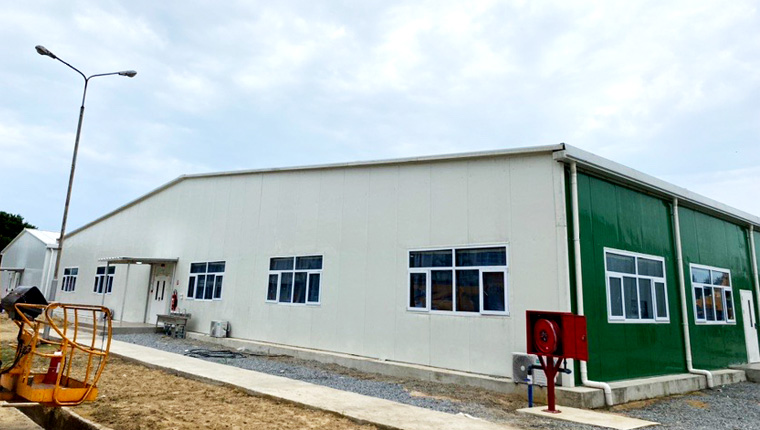
More
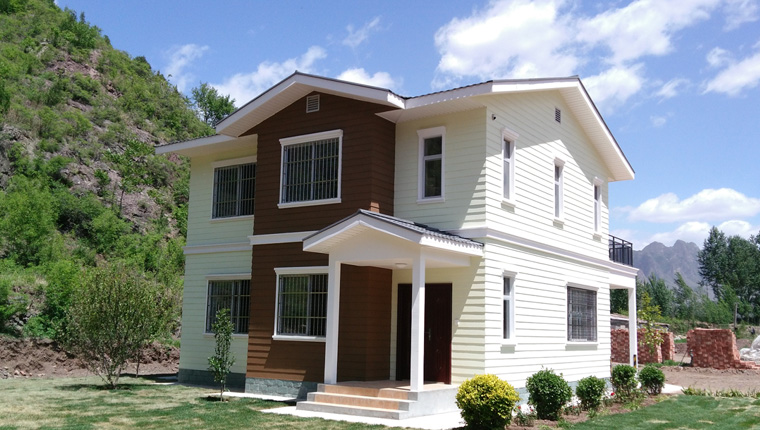
More
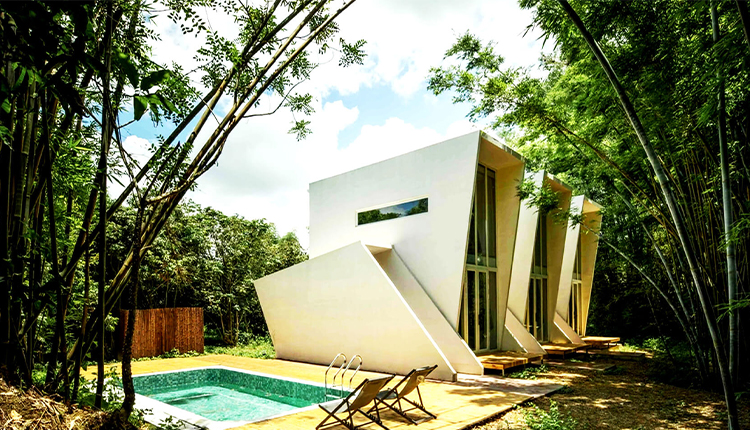
More
Learn More





















